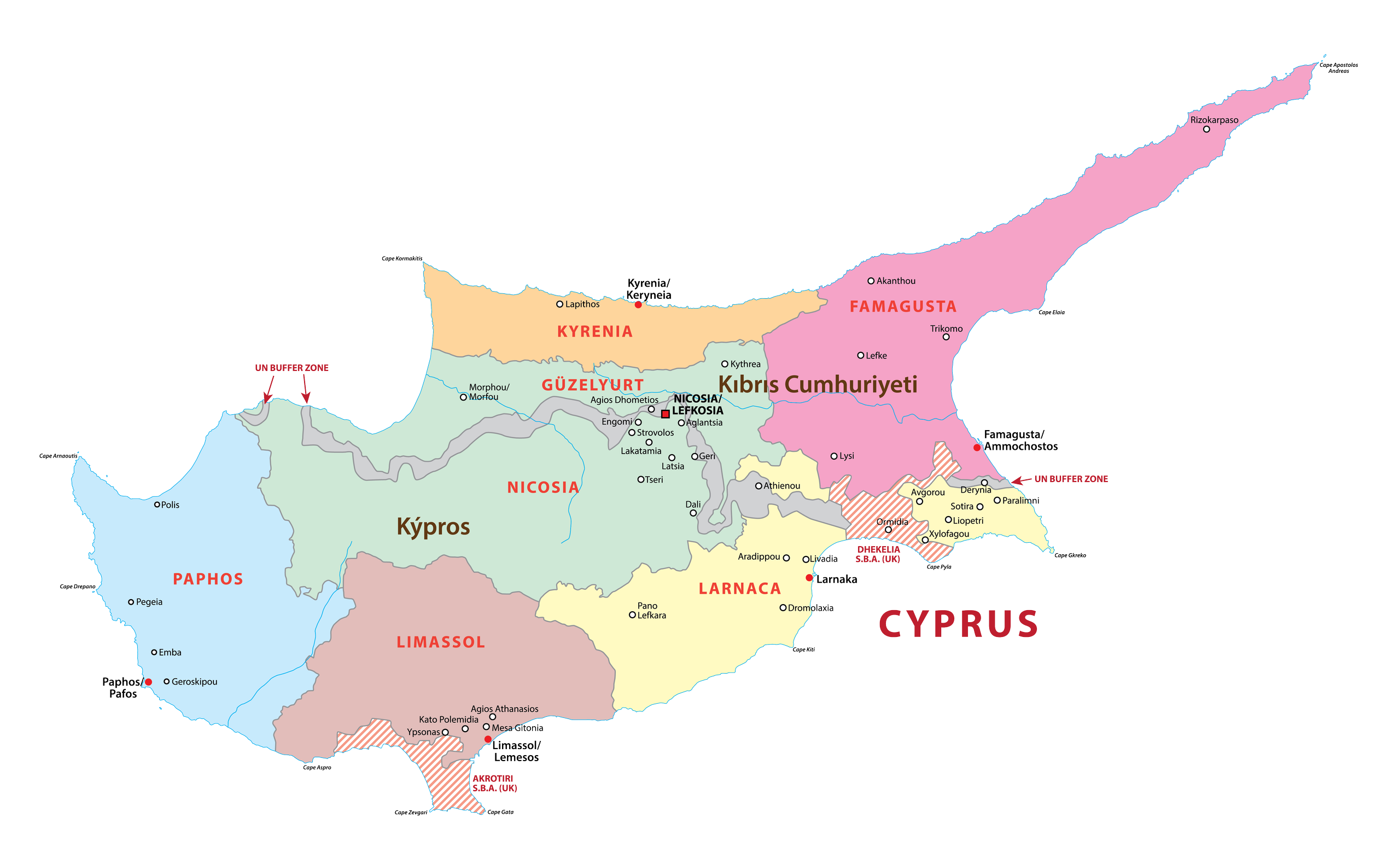
Northern Cyprus
Northern Cyprus, which is officially known as the Turkish Republic of Northern Cyprus, is located on the northern end of the island of Cyprus. It is bordered to the south by the Republic of Cyprus, which is recognized by most countries as the only legitimate government of the entire island. Northern Cyprus is only recognized as a country by Turkey.
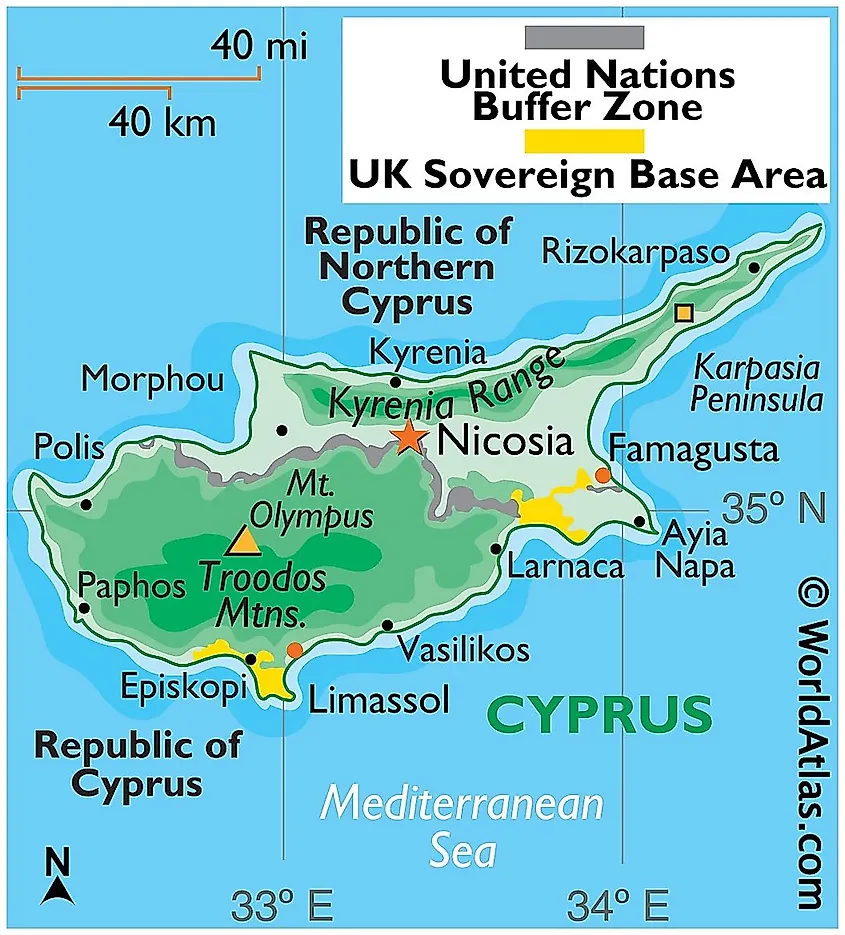
The de facto state was proclaimed in 1983, nine years after Turkey invaded the northern part of Cyprus. Northern Cyprus now maintains its own administration, separate from the Republic of Cyprus, amid ongoing efforts to reunite the island.
About Northern Cyprus
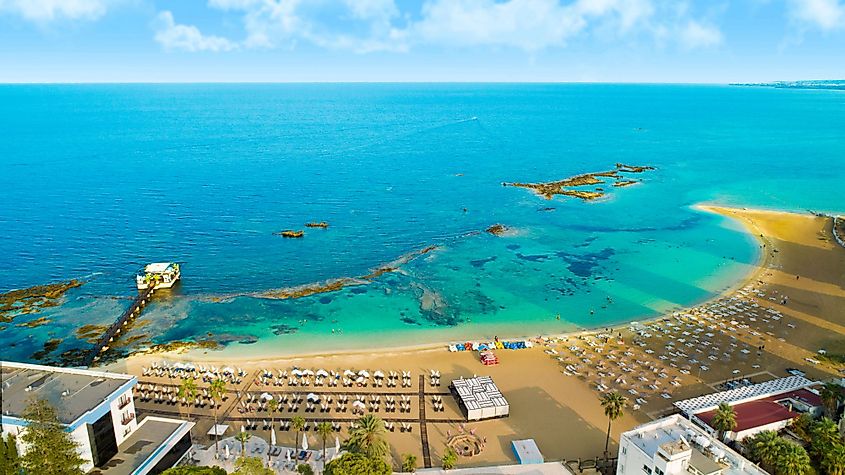
Northern Cyprus consists of approximately one third of the island in the north. This includes the northern part of the Cypriot capital, Nicosia. The population of Northern Cyprus is thought to be around 300,000, but it is speculated that up to 500,000 may now live there, many of whom are people from Turkey who settled in Northern Cyprus after the Turkish invasion, as well as their offspring. The population of Northern Cyprus is overwhelmingly Turkish. The only remaining population centers with a mixed Greek and Turkish population in the de facto state are the two villages of Pyla and Potamia. There are also small communities of Arabs, Armenians, and Romans.
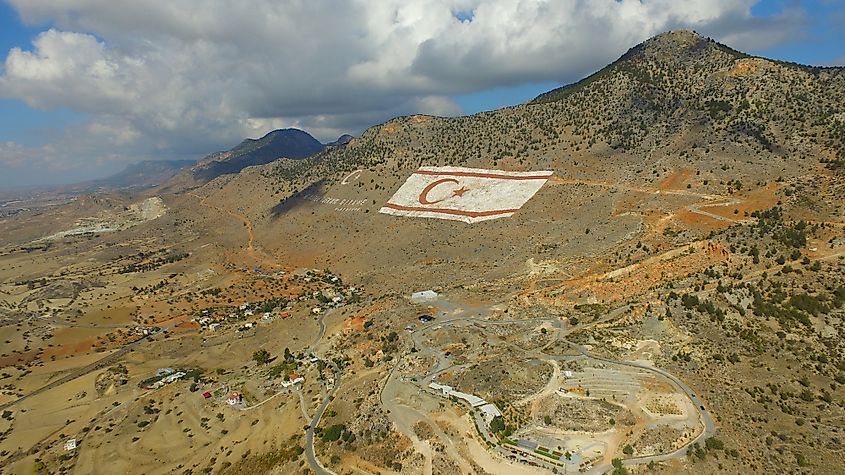
Although not recognized by any other country except Turkey, Northern Cyprus has all the trappings of a modern democratic state, including a parliament and a president. The parliament of Northern Cyprus is known as the Assembly of the Republic, and has 50 members. The president and his cabinet represent the executive branch of Northern Cyprus’ government. Turkey exercises significant power over Northern Cyprus on matters related to defense and foreign policy. Northern Cyprus is also economically dependent on Turkey.
A Divided Island
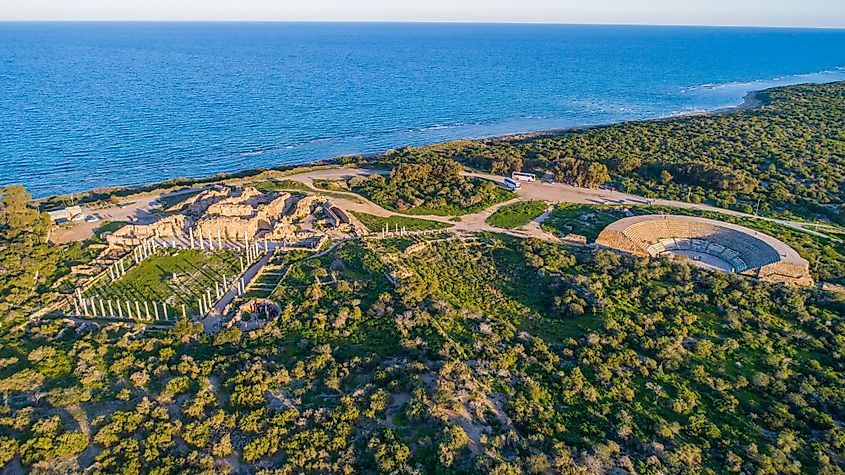
Cyprus became an independent country in 1960, after decades of British rule. The Greek and Turkish communities on the island agreed for a constitution that allowed for power-sharing between the two communities. For instance, according to the constitution, the president of the republic was required to be a Greek Cypriot, while the vice president had to be a Turkish Cypriot. The cabinet, or Council of Ministers, was to be equally divided between members of the island’s Greek community and those of the Turkish community. The Cypriot parliament was divided into seats designated for the Greeks and those designated for the Turks. Even the public service and armed forces had to have a specific ratio of Greeks to Turks.
For all the power-sharing arrangements in the constitution, however, tensions between Greek and Turkish Cypriots continued. Three years after independence, Turkish leaders withdrew from the government. One year later, United Nations peacekeepers were sent to the island as Turkish Cypriots withdrew into defensive enclaves. The peacekeepers monitored the ceasefire line between the Greek and Turkish communities, known as the Green Line. In 1974, a coup d’etat against the Cypriot government took place. It was supported by the military junta that ruled Greece. Fearing the unification of Cyprus with Greece, Turkey sent troops into the northern part of the island, supposedly to protect the interests of Turkish Cypriots. The coup against the Cypriot government was unsuccessful, but Turkey had already occupied a third of the island, and proceeded to enforce the partition of the island roughly along the Green Line. In the wake of the Turkish invasion, about 165,000 Greeks living in Northern Cyprus lost their homes, as did 45,000 Turkish Cypriots who lived in the southern part of the island.
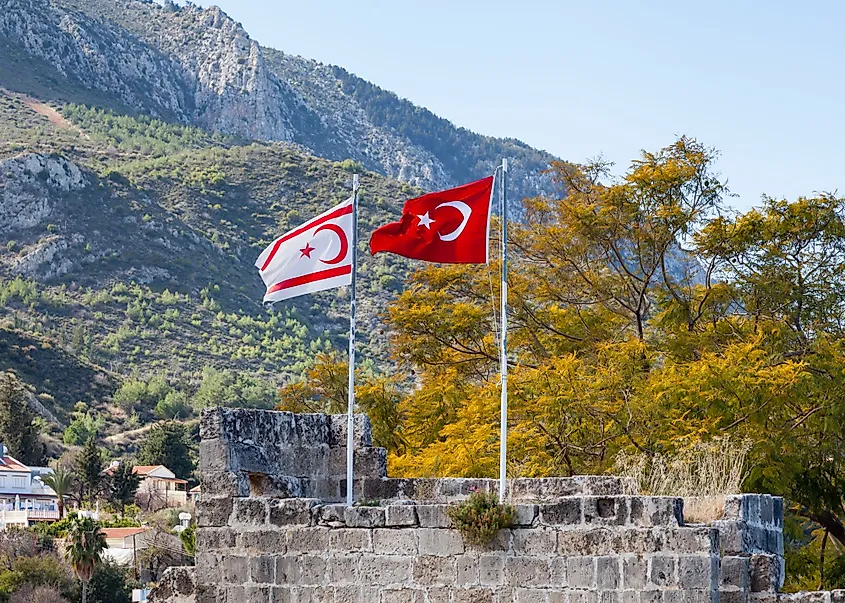
In 1975, Turkey established a separate regime for the Turkish Cypriots in the north. Eight years later, the establishment of the Turkish Republic of Northern Cyprus was formally proclaimed, though no other country except Turkey was willing to recognize it. Since the Turkish invasion of Cyprus in 1974, a series of negotiations under the auspices of the UN have taken place in an attempt to establish a workable peace agreement between the Greek and Turkish Cypriot communities, with the ultimate goal of reunifying the island.











